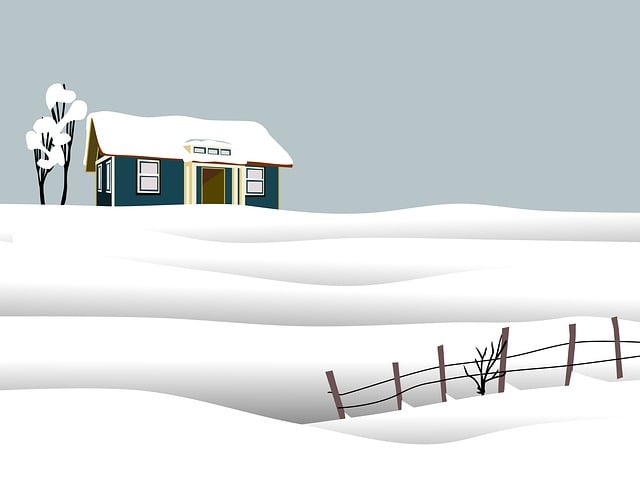Prioritizing safety is crucial when engaging in home repairs. To ensure a secure environment during your DIY project, begin by assessing the specific risks of the task at hand, such as those related to electrical systems or hazardous chemicals. Always de-energize circuits before handling wires to prevent electric shock and ensure proper ventilation for safe chemical handling. Use well-maintained tools and stable ladders, and wear personal protective equipment like gloves and goggles when operating power tools. For complex repairs like roofing or plumbing, consider professional help due to the risks of structural damage or water leaks that could lead to mold. Keep a first aid kit accessible and be familiar with cutting off utilities quickly in emergencies. Adhere to local building codes and safety regulations by incorporating regular breaks to prevent fatigue. Following these handyman tips will help you safely navigate your home repair, minimizing risks and making the most of your endeavor.
when embarking on home repairs, safety should be paramount. This article provides vital handyman tips and a comprehensive step-by-step guide to ensure your DIY projects maintain a secure environment. By adhering to these precautions, you can safeguard your living space effectively, transforming routine maintenance into safer practices for all.
- Essential Safety Measures for Home Repairs to Safeguard Your Living Space – Handyman Tips
- Step-by-Step Guide to Safe DIY Practices for Home Maintenance – Handyman Security Protocols
Essential Safety Measures for Home Repairs to Safeguard Your Living Space – Handyman Tips

When undertaking home repairs, safety should be your top priority to ensure a secure and healthy living environment. To begin with, prior to initiating any repair work, assess the tools and equipment required for the task. Ensure that all tools are in good working condition and that safety equipment such as gloves, goggles, and dust masks are readily available. Proper footwear with non-slip soles is also crucial to prevent accidents on wet or uneven surfaces. Additionally, keep a first aid kit nearby for any minor injuries.
In the realm of electrical repairs, always adhere to the highest safety standards. If a repair involves working with electricity, never attempt it without cutting power to the affected area using the correct circuit breakers or fuses. Utilize appropriate voltage detectors and insulated tools to prevent electric shock. It’s also wise to have a multimeter on hand to verify that electrical components are deenergized before handling them. By following these handyman tips, you can significantly reduce the risks associated with home repairs and maintain a secure living space.
Step-by-Step Guide to Safe DIY Practices for Home Maintenance – Handyman Security Protocols

Before embarking on any home repair project, it’s crucial to prioritize safety to maintain a secure environment. A comprehensive plan that includes handyman tips for safety can prevent accidents and ensure that your DIY endeavors are successful. Begin by assessing the task at hand. For example, if you’re planning to work with electrical systems, make sure you understand the risks involved and the necessary precautions. Always de-energize circuits before handling wires to avoid electric shock. Proper ventilation is essential when painting or working with chemicals, as poor airflow can lead to health hazards from fumes. Ensure that all tools are in good condition; use ladders and step stools that are stable and secure. When using power tools, wear appropriate safety gear such as goggles and gloves to protect against injuries.
Furthermore, never attempt to repair something you’re not confident about. Complex tasks like roofing or plumbing may require professional intervention due to the potential for structural damage or water leaks that could cause mold growth. Keep first aid supplies within reach in case of minor injuries and know how to shut off your home’s utilities in an emergency. By adhering to these handyman tips for safety, you can mitigate risks and maintain a secure environment throughout your home maintenance projects. Regular breaks are also advisable to prevent fatigue, which can lead to accidents or errors in judgment. Always double-check your work and follow local building codes and regulations to ensure compliance and safety.
Ensuring the safety of your home during repairs is paramount. This article has provided a comprehensive overview of handyman tips and protocols for both professionals and DIY enthusiasts alike, emphasizing the importance of adhering to safety measures. By following the step-by-step guide outlined, you can maintain a secure environment while performing maintenance tasks. Remember to prioritize personal protective equipment and proper tool usage as detailed in our ‘Essential Safety Measures for Home Repairs to Safeguard Your Living Space’ section. With these handyman tips in mind, your home will not only reflect the care you put into its upkeep but also remain a safe haven for years to come.
